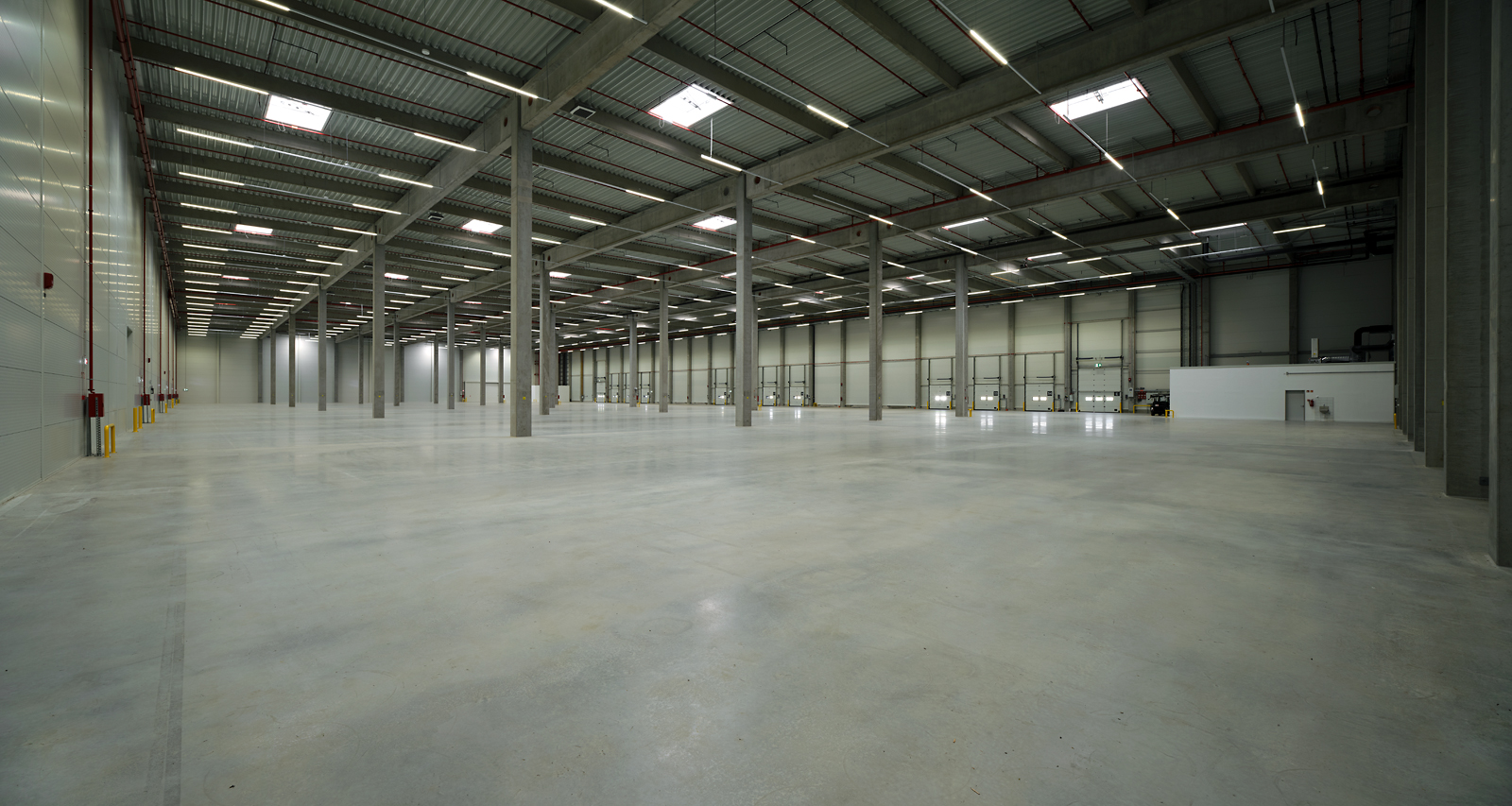Beyond Budapest, construction in Hungary declining

According to newly-released figures from the Central Statistics Office (KSH), 4077 new dwellings were built, 37% fewer than a year ago, in Hungary in the first nine months of 2013. The number of dwellings put to use decreased in all regions, with only Budapest seeing a rise, that of 3%. The number of dwelling construction permits fell by 32% year-on-year to 5327.
The fall in home construction was similar to the national average (35%) y.o.y. in county capitals, while the number of dwellings put to use was halved in the other towns and villages compared to 2012. Only Budapest reported an increase, and 3% more (or 1127 homes) have been built in the national capital this year thus far; these accounted for one-fourth of all dwellings under construction in Hungary.
In Budapest, a few major housing projects accounted for a considerable part of growth: Almost half of the new dwellings put to use in 2013 are in Budapest and Pest County; only Győr-Moson-Sopron County reported a significant number – over 400 – of new home completions.
Based on new dwelling construction permits issued in the reference period, the number of homes planned to be built in Budapest fell y.o.y. by 53% to 812. In villages the number of new dwelling construction permits decreased at a rate above the national average (38%), it fell by 26% in the other towns and by 11% in the county towns. In the first nine months of 2013, the number of new permits issued was 31% higher than that of dwellings put to use. Almost all regions in the country saw a decline.
Győr-Moson-Sopron was the sole county in which the number and useful floor area of construction permits issued for residential buildings increased significantly – to 126, a big 114% increase y.o.y.
Private individuals still play a dominant role among builders, though the proportion of dwellings built by these parties decreased y.o.y. from 66% to 57%, while the proportion built by enterprises rose from 32% to 40%. In Budapest, the proportion of dwellings built by enterprises rose from 48% to 68%, and in the first three quarters of 2013, the number of new dwellings built by enterprises rose y.o.y. from 522 to 761). Just 47 homes were built by municipalities in the first three quarters of 2013.
In line with the change in the composition of builders, the proportion of new dwellings built for sale increased from 35% to 42%, while that of homes built for self-use decreased from 62% to 53%. The proportion of homes built for rent was 3%, level with the same period of 2012.
The distribution of home building by contractors has also changed: 63% of all dwellings put to use were built by companies and 26% by private enterprises; corresponding figures in the previous period were 51% and 33%, respectively. Down to 7% from 12% were new homes were built by DIY.
As regards new residential buildings, the proportion of homes built in family houses decreased y.o.y. from 62% to 57%, and the share of these in multi-story, multi-dwelling buildings increased from 28% to 38%. The proportion of dwellings built in residential parks was 2%, down from 3% a year ago.
In the reference period, the average floor space of newly occupied dwellings fell y.o.y. by 4 square meters to 102 sqm. The proportion of dwellings with a floor area of over 100 sqm decreased from 45% to 42%.
In the first nine months of 2013, the number of condemned buildings fell y.o.y. by 62% to 584.
In the monitored period, 158 holiday units were built in 135 holiday houses and 189 holiday units to be built in 159 holiday houses were permitted. The number of holiday units put to use was 56% lower than in the previous period, while the number of permits fell by 52%. The average size of a new holiday unit was 88 sqm, 8 sqm larger than in the previous period.
As for new building permits, 3387 new residential and 3828 non-residential buildings a currently planned, representing y.o.y. declines of 24% and 9%, respectively. Among non-residential buildings, the number of planned industrial and commercial buildings decreased by 3% and 10%, respectively, while that of agricultural buildings increased by 7%.
SUPPORT THE BUDAPEST BUSINESS JOURNAL
Producing journalism that is worthy of the name is a costly business. For 27 years, the publishers, editors and reporters of the Budapest Business Journal have striven to bring you business news that works, information that you can trust, that is factual, accurate and presented without fear or favor.
Newspaper organizations across the globe have struggled to find a business model that allows them to continue to excel, without compromising their ability to perform. Most recently, some have experimented with the idea of involving their most important stakeholders, their readers.
We would like to offer that same opportunity to our readers. We would like to invite you to help us deliver the quality business journalism you require. Hit our Support the BBJ button and you can choose the how much and how often you send us your contributions.









